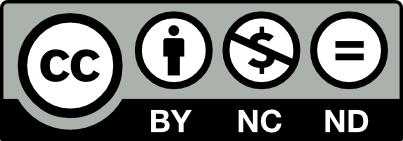This page is licensed under Creative Commons under Attribution 4.0 International. Anyone can share content from this page, with attribution and link to College MatchPoint requested.
8 College Prep Tasks to Complete in Fall of Junior Year
As the fall semester begins in a student’s junior year, many families feel anxious that they might miss required steps in the journey to college. Not to worry! We’ve got you covered.

Here are the 8 tasks your student should complete between August and December of their junior year.
1. Start creating an initial college list
Students can start by thinking about their high school experience and asking themselves the following questions:
- Did they thrive in small discussion classes, or did they do better when they could just listen to a teacher give a lecture?
- Were they happy with the number of activities their school offered, or were they yearning for more?
These kinds of questions will help them clarify what size college they prefer. Tours of local colleges of different sizes are a great way to test out a student’s initial thoughts. See our blog post on other considerations when building your initial college list.
2. Set up an appointment with your high school counselor
This is a great time to introduce yourself if you haven't already, discuss your goals for college and the future, learn more about your high school's course offerings, and ensure that your course selections are on the right track. (Many colleges request recommendation letters from your counselor, so cultivating this relationship is extra important!)
3. Build relationships with your favorite teachers
While it's always important to be a hardworking and conscientious student, in your junior year, it's imperative to start building relationships with your teachers so that they can write you meaningful and impactful letters of recommendation.
4. Mark the dates for your 11th grade PSAT in your calendar, and work with your high school to secure any testing accommodations (if needed)
Taking the PSAT your junior year not only serves as good preparation for standardized testing, but it also identifies you to colleges as a potential applicant. The PSAT can also be used for scholarship considerations.
5. Register for your first official ACT or SAT
Make sure you register at least six weeks in advance. Use your scores from the PSAT and a practice ACT to determine which test suits you best. Many test prep companies offer a free practice ACT.
6. Consider your level of activity engagement and community involvement
If you haven't had the opportunity to participate in activities or interests outside of the classroom, now's the time. Ask your counselor for a list of clubs offered at your high school, or consider starting your own. Seek leadership positions in groups that are important to you, consider an after-school job, or step out into your community and volunteer your time.
7. Begin exploring college majors that interest you
Since your choice of major can impact the colleges you will eventually apply to, it’s good to start thinking about this now so you can test out some possible majors through
Informational Interviews, shadowing experiences, or even internships. Check out our
Guide to Exploring College Majors for guidance.
8. Start compiling your application resume
Work with your parents or guardians to develop your application resume. This record is an important part of your application, and working on it now will make things less stressful down the line. It might also help you see if have any gaps that you can begin to address. For example, if you plan to apply to a large state university like the University of Texas where fit to major is critical, you might realize you need to add more activities related to the major you are thinking about.


